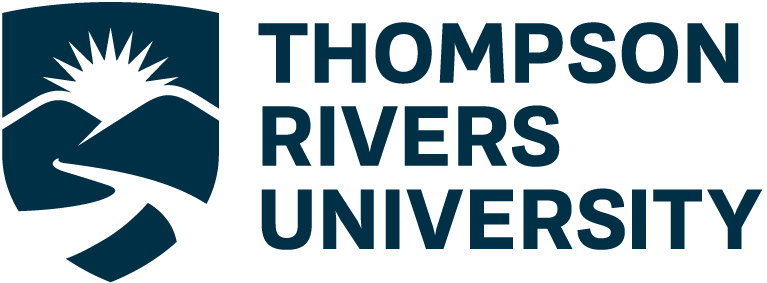Methods & Methodologies
Methods and Methodologies, but aren’t they the same thing? Well, method = the tool that you use to collect your data and methodology = the blueprint that you use to guide your research process. For example: you need tools (methods) to build a treehouse (methodology).
Research Methods
Research methods and methodologies are interrelated, and both are needed to successfully answer your research question. A research methodology lays a foundational plan for your research (example: design, lens, or blueprint) and a research method is customized to your study in order to facilitate your plan (example: chemistry – injecting a liquid into something or social sciences – interviewing participants). Depending on the goal of your research, you will select one or several of the following research methods.
Interviews:
A discussion with human subjects is administered through face-to-face, online, or telephone conversations. By sticking to predetermined questions, interviews are formalized; however, informal interviews encourage the interviewee to speak more freely about the topic at hand (Morgan, 2014). Finally, a semi-structured interview includes some structured questions, but the interviewee is asked to speak freely.
Focus Groups:
Three to ten participants engage in a moderated, group discussion aimed to identify perceptions about a specific research topic. Moderators of focus groups encourage communal conversation between participants, which can stimulate further discussion that might not arise in a solo interview setting.
Cultural Mapping:
Cultural maps combine the tools of modern cartography with participatory methods of storytelling to represent the subjective knowledge and memories of local communities. Participants map their lived experience of a particular topic, which effectively represents a culturally informed understanding of the research landscape.
Observation / Participant Observation:
Studies involving the observation of people, whereby researchers note what the participants do and say (Morgan, 2014). There are two main types: Participant observation and non-participant observation. Participant observation involves the researcher actively participating in the research with the other group members. Whereas, the researcher is not a part of the group within non-participant observation studies. Instead, the researcher chooses to focus their attention solely on what happened, what was said, and what did not occur.
Surveys:
Collecting interviews from a large sample of individuals using online, in print, or verbal questionnaires (Morgan, 2014). A number of questions are included in surveys, and answers may include multiple-choice, rating scales, open-ended and subjective fill in the blanks, as well as, ranking.
Experiments:
Involves the manipulation of one variable to determine if it affects another (Morgan, 2014). Depending on your discipline, there are many types of experiments. Below are two common types:
- Lab Experiments – Conducted within a select setting, such as a laboratory or office space, where the researcher has more control over the variables being manipulated and studied.
- Field Experiments – Conducted outside of a controlled environment in a real-life setting.
Secondary Data Analysis / Archival Study:
Using data that has been previously collected by another researcher to conduct your own research in an efficient and cost-effective way.
Mixed Methods:
A combination of qualitative and quantitative research methods, such as the ones listed above (Morgan, 2014). For example, using a quantitative method, such as a survey, followed by a focus group, which is a qualitative research method.
Research Methodologies
While there are several methodologies to use as a framework in completing your research below you will find details on a few popular options. Depending on your project you may want to try another option, feel free to explore other types of research methodologies.
Qualitative Research:
Qualitative research deals with language and descriptions of the lived experience of humans (MQHRG, 2020). While focusing on human behaviour, it attempts to answer how and why people behave the way that they do.
The following research tools are associated with qualitative research:
- Interviews
- Focus groups
- Group interviews
- Cultural mapping
- Mixed Methods
Quantitative Research:
Quantitative research looks at numerical data or numbers to explain a wide variety of phenomena (MQHRG, 2020). The data collected is then analyzed using statistical or mathematical methods.
The following research tools are associated with quantitative research:
- Observation / Participation Observation
- Surveys
- Experiments
- Secondary Data Analysis / Archival Study
- Mixed Methods
Indigenous Methodologies:
Indigenous Methodologies are becoming more commonly incorporated and encouraged as a way to explore research in a holistic way. For more information check out our page on Indigenous Methodologies or to explore examples of the tools used we encourage reading the Knowledge Makers Journal.
The following research tools can be associated with indigenous research:
- Storytelling
- Storywork
- Physically Embodied Research
- Community-Based Participatory Research
- Land Based Learning
References
McGill Quantitative Health Research Group, MQHRG. (2020). Qualitative or Quantitative Research. https://www.mcgill.ca/mqhrg/resources/what-difference-between-qualitative-and-quantitative-research
Morgan, D.L. (2014). Chapter 3: Research Design and Research Methods. Sage Research Methods. https://us.sagepub.com/sites/default/files/upm-binaries/57848_
Pedamkar, P. (2021, January 19). Types of research methodology | top 10 types types of research. EDUCBA. https://www.educba.com/types-of-research-methodology/

